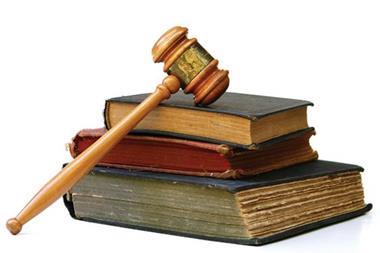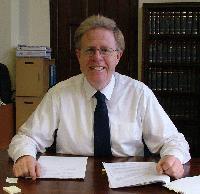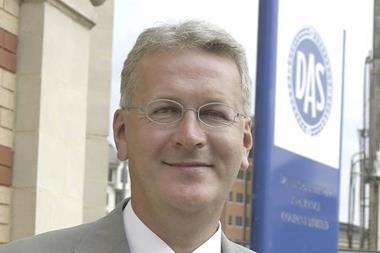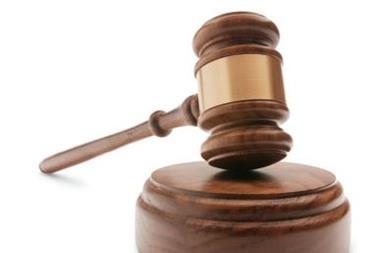Cross examination of multiple expert witnesses to become more common
Insurers are set to see a rise in “hot tubbing” in litigation, where two or more expert witnesses are cross-examined simultaneously.
The practice, more traditionally known as concurrent evidence, is being trialled in the Construction and Technology court.
Lord Justice Jackson recommended the use of the practice in his Review of Civil Litigation Costs, published in January 2010. After he witnessed the scheme in practice throughout the tribunals of Australia, Lord Jackson concluded that it should be piloted as a scheme in England.
According to law firm Weightman’s head of professional risk Mike Grant, research suggests that experts are more likely to reach agreement in the ‘hot tub’ due to its informality and because it facilitates a constructive discussion.
“In practice, hot tubbing encourages experts to consider their views in a real dialogue which can cut to the heart of a complex technical issue and draw experts together. Further, hot tubbing opens up an effective line of communication between the experts and the judge. If and when the judge requires clarification, both experts are asked to comment without the need for each to take the stand separately and confirm their respective view on the same point.”
But insurers need to be ready to make some changes when preparing for a case if this practice becomes more widespread.“It is vital that the court is fully prepared for the format. Documents must be organised properly as they will logically form an agenda for discussion. Bundles must be diligently prepared as reference material. Without such structured preparation, there is the risk that any ‘hot tub’ informality will fall short of a constructive dialogue and instead produce a sprawling free-flowing discussion, of limited value,” says Grant.
He added that having two experts on the stand giving evidence could present problems if the expert is unused to presenting evidence alongside other witnesses. Consequently, insurers need to ensure that their expert is comfortable in this situation. “Sitting next to one’s counterpart means that direct comparisons will inevitably be drawn. It is also possible for one expert to be exposed as a weak witness of fact as he or she is overshadowed by a more cogent and convincing opponent,” he said.
“It is to be hoped that widespread adoption of the hot tubbing approach will create an environment conducive to airing genuine and credible differences between experts. It also ought to ensure that the quality of expert evidence and dialogue is elevated. The hot tub is no place for a weak, unconvincing expert.”
Hosted by comedian and actor Tom Allen, 34 Gold, 23 Silver and 22 Bronze awards were handed out across an amazing 34 categories recognising brilliance and innovation right across the breadth of UK general insurance.














































No comments yet